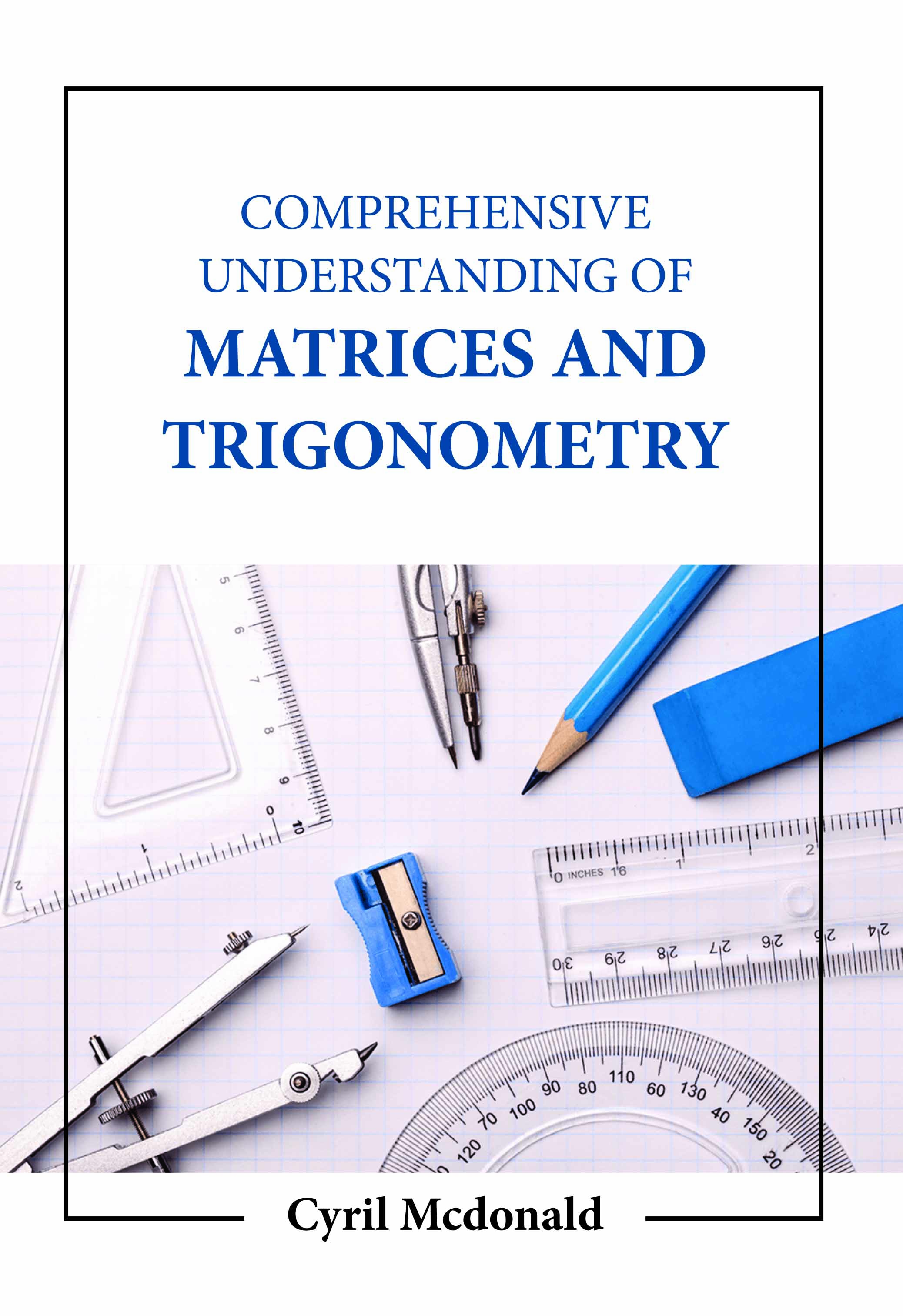
Comprehensive Understanding of Matrices and Trigonometry
by Cyril Mcdonald
| ISBN | 9781806247899 |
|---|---|
| Publisher | Digital Drive Learning |
| Copyright Year | 2026 |
| Price | $252.00 |

by Cyril Mcdonald
| ISBN | 9781806247899 |
|---|---|
| Publisher | Digital Drive Learning |
| Copyright Year | 2026 |
| Price | $252.00 |
The eighteenth and nineteenth centuries saw the discovery and development of determinants and matrices. Their early research focused on the transformation of geometric objects and the resolution of linear equation systems. In the past, the determinant rather than the matrix received early attention. In contemporary explanations of linear algebra, matrices come first. We won't make many assumptions about this matter. The solutions of second-order systems of differential equations contain the trigonometric functions (particularly sine and cosine) for real or complex square matrices. A branch of mathematics called trigonometry focuses on right triangles in particular. It discusses the connections between triangles' sides and angles, the trigonometric functions that represent those connections, angles in general, and the travel of waves like sound and light. The amount of measuring is reduced by using notions from trigonometry. These ideas are dependent on the ideas of expansion and similarity. Equiangular triangles are identical in shape, but only when congruency is present. They are the same size, indeed. The ratios of pairs of related sides are in the same proportion, which is an invariant property of any collection of similar triangles. In the language of transformation geometry, every triangle may be changed into another by applying the same scale factor to each part of the triangle, and for similar triangles, one triangle is an enlargement of another. The enlargement is actually a reduction in the case of a fractional scale factor. The book is anticipated to be highly useful for math students and instructors. This book will likely be beneficial for students who want to succeed in engineering and those getting ready for different competitive exams.